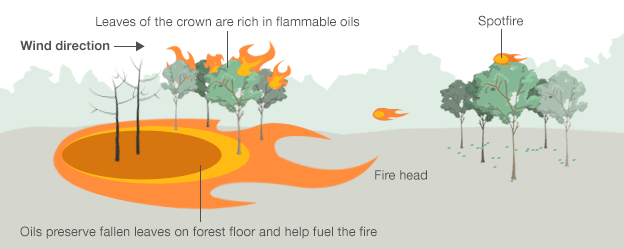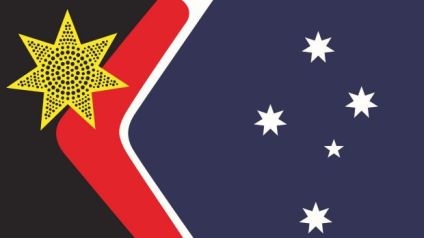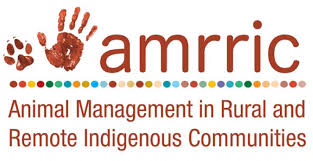My partner is currently reading a book called The Biggest Estate on Earth: How Aborigines Made Australia. The thesis of the book is that that Aboriginal people were proactive land managers who had long controlled the land until much of it was as shaped by humans as the English countryside was.

As I think I understand it, a ‘home among the gum trees’ is only a relatively modern phenomenon in the Australian landscape. Once there was much thick forest. Millenia of human habitation and fire-farming practices changed the landscape to meet the needs of the first people. When white people arrived and helped themselves to the land and trampled over traditional practices, the previously maintained environment turned into the scrubby woodlands, dominated by fire-tolerant species, that we think of as ‘untouched Australia’ today.
Apparently gum trees actually ‘want’ to catch fire as then they can burn out the competition around them. (Strips of bark peel down like wicks inviting flame into the oily, combustible canopy. The trees can reshoot by coppicing after fire.) I pity the poor plants, animals and tree changers that get in their way.

_____________________________
Most Australians know little about our land, and even less about our first people.
Like Tim Flannery and John Doyle pointed out in their series “Two on the Great Divide”, Australia is an incredibly divided nation. We could all learn so much if we let ourselves. Yet whether it’s white guilt, fear of rejection, fear of saying something ‘wrong’ or just complacency, sadly it feels easier to sit safely on one side of the divide, shut our eyes, put our hands over our ears and sing ‘Mary Had a Little Lamb’ instead.
The LGBTQIA community has worked hard and positioned itself well to change social norms and gain not only widespread acceptance, but also admiration. Society can change for the good.
Change has to be driven from both sides of the divide.
Let’s start by changing the constitution, changing to a more inclusive flag and changing the nature of Australia Day.

Oh, and let’s stop climbing Uluru. Of course the land was here billions of years before any of us.* But Aborigines were here tens of thousands of years before the rest of us.
Nobody would enter a traditional Japanese person’s home with their shoes on.
If the traditional owners of Uluru ask us to please not climb Uluru, then surely we should be courteous enough to comply?
Let’s build bridges, rather than burning them.
_______________________________________________________________
I like the sound of this organisation.

About AMRRIC

AMRRIC (Animal Management in Rural and Remote Indigenous Communities) is a not-for-profit charity that uses a One Health approach to coordinate veterinary and education programs in Indigenous communities.
Our One Health approach recognises the inextricable links between human, animal and environmental health and wellbeing. By working with remote Indigenous communities to improve the health of their pets, we are helping to create healthier, safer and happier communities.
In the last financial year, AMRRIC has facilitated veterinary programs in 92 different remote communities and homelands.
Our work:
By improving the health and welfare of companion animals in a community, AMRRIC’s animal health programs contribute to an improvement in human health
Our work:
- assists with the control of dog populations through veterinarian-led desexing programs (addressing problems of noise, scavenging and attacks on humans)
- empowers Aboriginal communities by providing the knowledge, training and resources that enable them to take responsibility for their animals’ health and welfare
- delivers education programs to school students, community members, environmental health practitioners, animal management workers and government and non-government organisations about all aspects of animal health and welfare in remote Indigenous communities
- educates Indigenous communities specifically about parasites and diseases in companion animals, leading to a reduction in the transmission of disease from animals to people (zoonoses)
- partners with government at all levels to develop animal health and welfare policy relevant to remote Indigenous communities
- contributes to research programs across Australia and internationally, with the Cancer Genome Project in Cambridge, UK, and its work on Canine Transmissible Venereal Tumour, a common disease in dogs in remote Australian communities.

* If for some reason cultural respect isn’t convincing enough, how about this:
…the path left by rubber from the soles of climbers’ shoes is visible from kilometres away and some tourists leave litter and damage the rock. Moreover, extreme heat and a lack of toilet facilities mean that large amounts of evaporated, concentrated human urine flow into the area’s waterholes whenever it rains.
Update: I just woke up to find a report on a really good essay by Stan Grant 🙂
http://www.abc.net.au/news/2016-11-19/stan-grant-on-‘the-australian-dream’/8038826